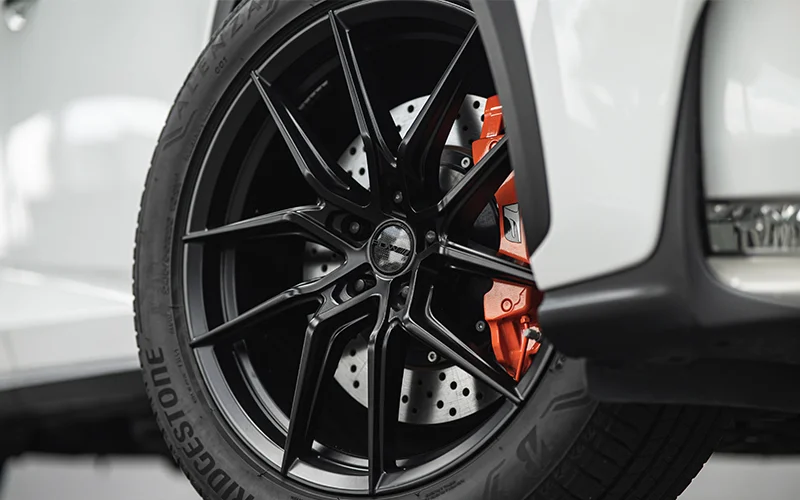
Introduction to the Fascination with Wheels
how many wheels are in the world The invention of the wheel marked a pivotal turning point in human civilization, serving as a crucial innovation that transformed various aspects of life, including transportation, industry, and agriculture. It is believed that the first wheels were developed around 3500 B.C. in Mesopotamia, originally used for pottery. Over time, this remarkable invention evolved, culminating in the creation of wheels for vehicles, which revolutionized the way people traveled and goods were transported. Today, wheels come in countless shapes and sizes, from those on bicycles and cars to larger applications such as in aircraft and industrial machinery.
The significance of wheels extends beyond mere mechanical function; they also symbolize progress and innovation. Understanding the total number of wheels in the world invites us to examine not only their historical impact but also their current prevalence across numerous sectors. For instance, each vehicle, from small scooters to massive trucks, carries multiple wheels, making them an essential component of our transportation networks. Additionally, sectors such as logistics and manufacturing are heavily dependent on wheels for efficient operation.
Why, then, is it pertinent to estimate how many wheels are in the world? This inquiry touches on various aspects of modern life, including environmental considerations and resource management. An accurate count of wheels could assist industries in optimizing production processes and contribute to sustainability efforts by promoting efficient recycling practices for used tires and wheels. Furthermore, understanding wheel prevalence can provide insights into urban planning and transportation infrastructure. Thus, while the question may initially seem trivial, the implications for industries, transportation systems, and environmental impacts are substantial.
Estimating the Number of Wheels: A Methodological Approach
Estimating the total number of wheels in the world is a complex task that requires a systematic methodology. It involves examining various categories of wheeled objects, such as vehicles, bicycles, and everyday items that incorporate wheels. Each category presents unique challenges and considerations that must be addressed to arrive at an accurate estimate.
Firstly, one must account for different types of vehicles. For instance, passenger cars are one of the most common sources of wheels, typically having four wheels each. However, larger vehicles like trucks and buses often have more, while motorcycles and bicycles have fewer. In addition, different countries and regions have varying vehicle populations influenced by economic factors and cultural preferences, which necessitates a demographic analysis when estimating total wheel counts.
Moreover, industrial machinery and equipment also contribute a significant number of wheels to the global total. For example, forklifts, construction equipment, and automated guided vehicles (AGVs) are all designed with multiple wheels for operational efficiency. This factor adds another layer of complexity to the estimation process, as many industrial wheels are not as widely documented as those in consumer vehicles.
Everyday items such as office chairs, suitcases, and shopping carts further amplify the number of wheels in circulation. Each of these items typically contains multiple wheels, but the number of units produced and sold can vary greatly among different demographics and regions. Key issues that arise include the lack of comprehensive data on these smaller items and the challenge of quantifying their presence across various market segments.
In conclusion, estimating the number of wheels in the world involves a multi-faceted approach, requiring an analysis of diverse wheeled entities across geographical and demographic spectrums. By carefully considering the various categories and addressing the challenges in data collection, a clearer picture of this global phenomenon can emerge.

The Impact of Wheels on Daily Life and Economy
The influence of wheels extends far beyond mere transportation; they are a critical component that facilitates daily life and significantly contributes to the global economy. Wheels enable mobility and accessibility, allowing individuals to commute to work, transport goods, and travel for leisure. The sheer number of wheels in the world reflects their integral role in various aspects of society. With millions of vehicles—including cars, trucks, bicycles, and motorcycles—utilizing an extensive wheel count, the logistics and transportation sectors thrive. These wheels are not only essential for moving people but also equipment and supplies, supporting industries like manufacturing and retail.
In the realm of logistics, the ability to move products efficiently is paramount. For every truck that delivers goods, a vast number of wheels are employed, illustrating the reach of wheel utilization in enhancing supply chain dynamics. Studies indicate that delivery services, influenced by the prevalence of wheels, have improved significantly over the years, resulting in faster shipping times and enhanced convenience for consumers. For instance, the rise of last-mile delivery solutions has led to innovations in transportation strategies, with companies increasingly relying on bicycles and electric vehicles to navigate urban environments, showcasing how various sectors adapt based on the amount of wheel usage.
Moreover, the tourism industry heavily relies on wheels for transportation options ranging from rental cars to buses and bicycles. The interaction between mobility and tourism underscores how essential wheels are at facilitating travel, promoting economic growth in destinations around the globe. Urban planning also factors in the significant role wheels play, as city layouts are often designed with access for vehicles and other wheeled transportation methods in mind.
Environmental considerations regarding the wheel industry warrant attention as well. Encouraging recycling and adopting sustainable practices within manufacturing can positively impact the ecological footprint associated with wheels. By focusing on sustainable materials and designs, the industry can contribute to a more environmentally friendly future, emphasizing the importance of responsible resource management.
Future Trends: Innovation and the Evolution of Wheels
The landscape of transportation is evolving rapidly, driven by technological advancements that promise to influence how many wheels are in the world. Innovations in wheel design and materials are bringing forth a new era of mobility, characterized by electric vehicles, autonomous transportation, and eco-friendly solutions. As environmental concerns grow, manufacturers are exploring sustainable materials, such as biodegradable plastics and recycled metals, which could substantially reduce the carbon footprint associated with traditional wheels.
how many wheels are in the world In particular, the rise of electric scooters and bikes has introduced an entirely new category of wheeled transport. These innovations not only contribute to reducing urban congestion but also change how we account for the overall number of wheels globally. With many cities adopting shared models, the usage rates of these modes of transportation are expected to increase, potentially resulting in a larger count of wheels than traditionally estimated. The integration of smart technology into wheels is another significant trend. Intelligent wheeled devices equipped with sensors and connectivity will facilitate advanced functionalities, enhancing the user experience and safety. The push toward autonomous vehicles also suggests that the physical attributes of wheels may evolve, incorporating features that allow for increased adaptability and efficiency.
As we look to the future, the potential for new designs and applications will likely shift our current understanding of how many wheels are in the world. The innovations that emerge in wheel technology and their deployment in an array of vehicles can redefine our transportation paradigms. With the focus on sustainability and smart functionality, the future may hold a startling increase in both the variety and count of wheels in global circulation, suggesting a transformative shift in how we perceive mobility and transportation infrastructure.


